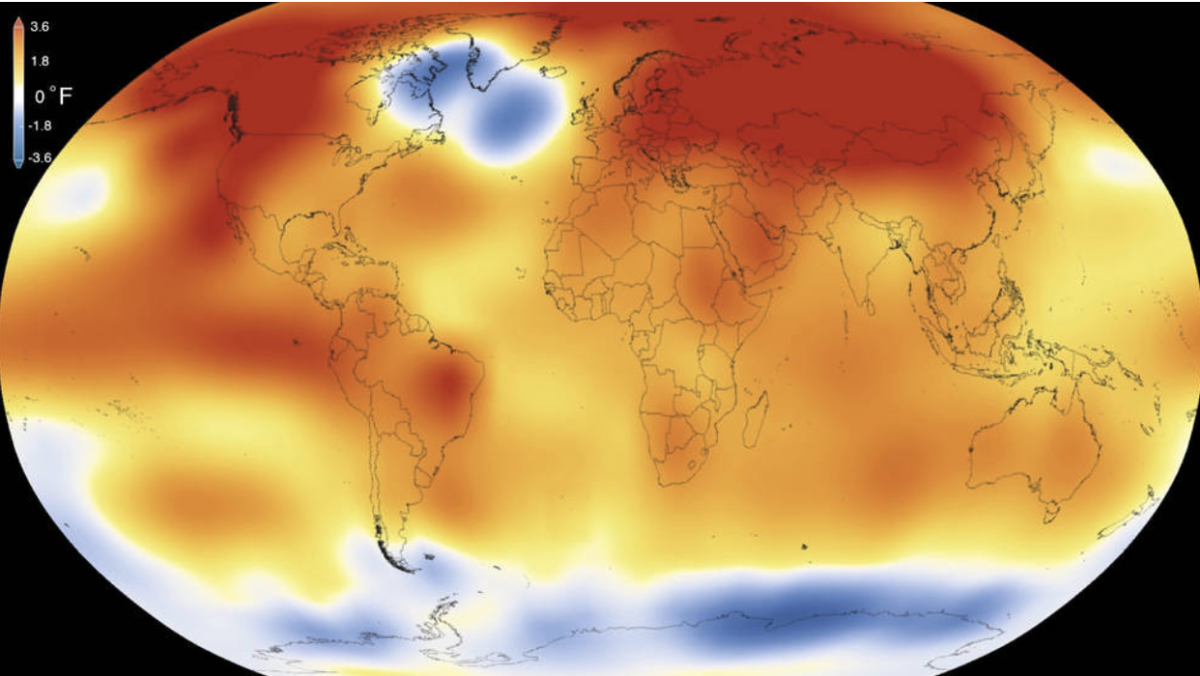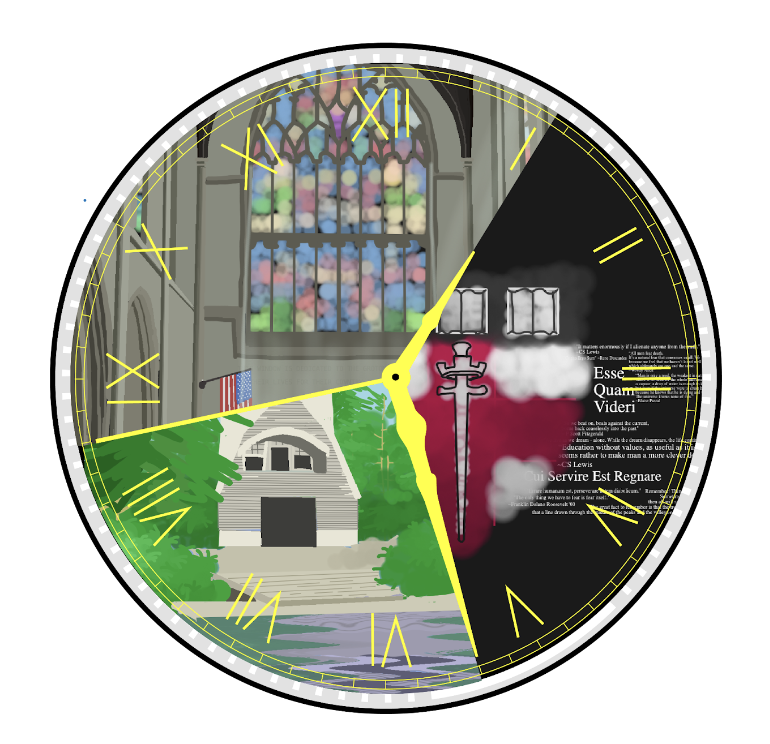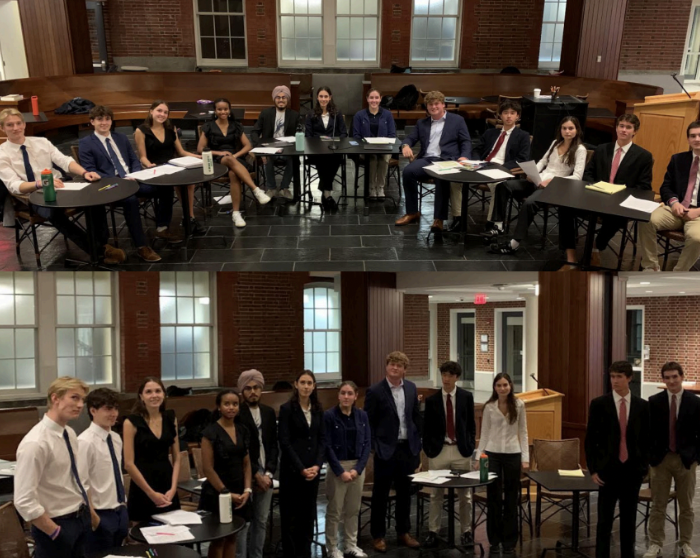On July 6, 2023, what began as another hot summer day reached national headlines as the warmest day in recorded history, capping off a year defined by reduced snowfall and an early spring. The summer of 2024, however, was even hotter.
According to the U.S. National Oceanic and Atmospheric Administration, July 2024 turned out to be the warmest month since the agency started recording data 175 years ago. This extreme heat results from a combination of La Niña, a weather event that tends to warm up the Atlantic, and global climate change due to human greenhouse gas emissions. Together, these effects created a summer 2.66°F (1.48°C) warmer than the pre-1900s average.
With the rise in ocean temperatures, storms are becoming more intense and frequent. Because current conditions have created an unusually warm Atlantic Ocean, experts have warned that this hurricane season could be one of the most active in history. Meanwhile, on land, the mean high temperature this July rose to 88°F (31°C), up 3°F (1.7°C) from last summer and 5.1°F (2.8°C) above the 20th century average, and daily temperatures rose as far as 90 degrees even in the shade.
The effects of this warm summer at Groton were felt by this year’s GRACE students. This year, students were faced with record-breaking heat. Although students could escape the heat in the day by staying in the Schoolhouse, a combination of warmer evening temperatures, high humidity, and dorm architecture designed to retain heat in the winter contributed to the unbearable heat. Combined with the lack of air conditioning in dorm spaces, the warmth quickly built up in rooms, especially in lofts, as the heat from the ground floor quickly rose toward the upper levels.
As dorms became increasingly warm, many found studying in the air-conditioned Schoolhouse and the lobby of Hundred House more inviting. As Sebastian Ventilla Abelsnes ’27 puts it, “The top floor of HD was more sauna than dorm, and I’ve never appreciated air conditioning so much.” The heat wasn’t just limited to indoors, however—it also loomed over GRACE’s numerous outdoor activities. With that said, free-choice afternoon activities such as Open Pool were extremely popular, helping to contrast the otherwise sweltering grounds.
These warm temperatures will be here to stay. Over the past century, there has been an accelerating, upward trend in temperature: 1976 was the last year with a below-average temperature, and the previous decade has been hottest on record. While a receding La Niña could result in slightly cooler summers in the next few years, it’s clear that, in the long term, temperatures will rise. According to modern climate predictions, the amount of global warming could double by 2050 and conceivably quadruple by the end of the century if nothing is done to alleviate human-driven climate change. Even in the best-case scenario, warming will likely continue for the next decade, and summer temperatures will continue to break records. This past summer wasn’t just an anomaly—rather, it’s a reflection of summers to come.






